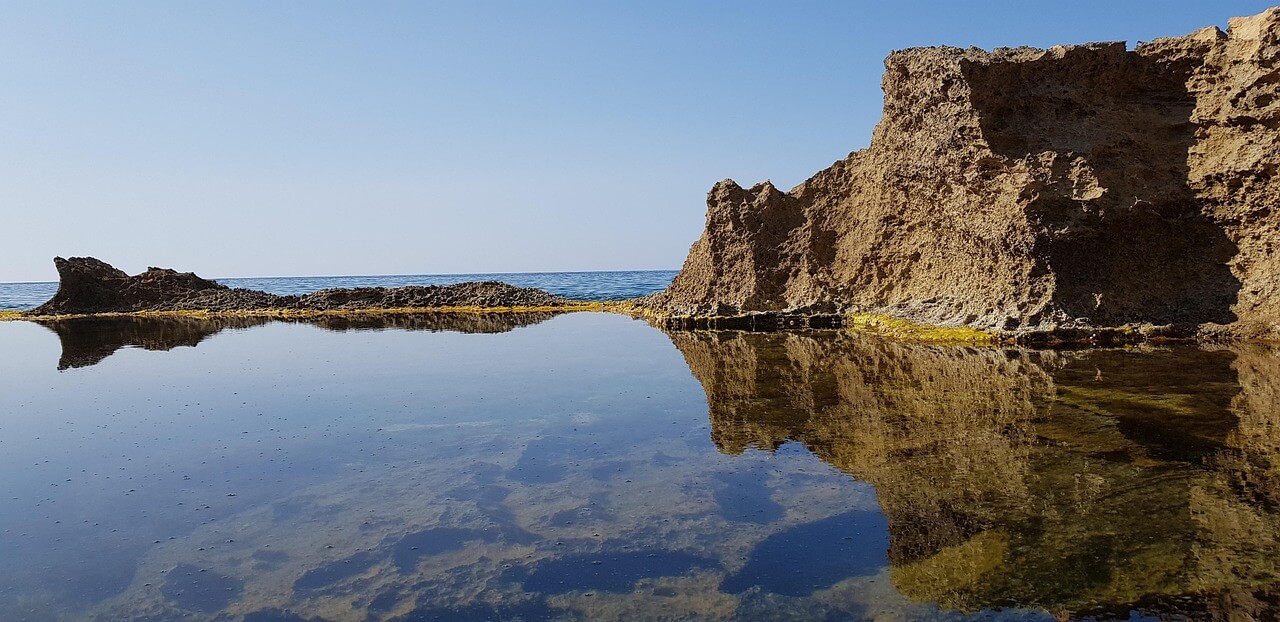When to visit Libya during the year?
Libya enjoys a predominantly Mediterranean climate along the coast, with hot summers and mild winters. The summer months, particularly from June to August, are ideal for visiting the beaches of Tripoli and the Mediterranean coast. Spring (March to May) is perfect for exploring historical sites like the Roman ruins in Sabratha and the ancient city of Ghadames, while autumn is a lovely time for outdoor activities in places like the Sahara Desert. Winter, characterized by cooler temperatures, can still be enjoyable for cultural explorations in cities like Benghazi and Tobruk, where crowd sizes are smaller.
How to get to Libya?
Traveling to Libya may seem intricate due to political situations, but exploring its rich history and stunning landscapes is rewarding. The primary gateway is through international airports, followed by options to travel within the country via buses and cars.
- Main airports include Tripoli International Airport (TIP) and Benina International Airport (BEN) in Benghazi.
- Major international routes are available from Europe (Rome–CIA), Africa (Cairo–Cairo International Airport), Asia (Istanbul–Istanbul Airport), and America (New York–JFK via European connections).
- Low-cost airlines offering budget options are limited, but connections often involve major carriers.
- Flight times vary; for example, from Rome to Tripoli is approximately 1 hour and 30 minutes.
- Main bus stations are located in Tripoli and Benghazi.
- Buses connect various cities including Misrata and Sabratha, with intercity travel available.
- Libya has limited international train services; domestic trains run but may not connect across borders.
- Typical routes connect major cities with varying durations.
- Main highways include the coastal highway from Tripoli to Benghazi.
- Distances from major capitals like Cairo are roughly 800 km; from Tunis, it’s about 400 km.
- Road conditions vary; tolls may apply in urban areas.
Tourist activities in Libya
Libya offers an eclectic mix of activities, perfect for history buffs, adventure seekers, and culture enthusiasts. For history lovers, the ancient cities of Sabratha and Cyrene are invaluable, showcasing remarkable Roman ruins. If adventure calls, the stunning landscapes of the Sahara Desert invite thrilling excursions like dune bashing and camel trekking, especially around the town of Ghadames. Cultural experiences can be found in Tripoli's vibrant souks and markets, where you can browse local crafts and spices. Additionally, the coastal region provides ample opportunities for relaxation at pristine beaches, highlighting the Mediterranean's allure.
Accommodation in Libya
Accommodation in Libya varies widely, from luxury hotels in Tripoli to secluded guesthouses in historic towns. Expect to pay around $50 to $200 per night, depending on your choice. Upscale hotels often feature modern amenities, especially around tourist-friendly areas. In contrast, guesthouses offer a more local experience, with prices typically below $50 per night. It's advisable to book in advance, especially during peak seasons, to secure the best options. Overall, the variety ensures that travelers can find something suited to their preferences.
Food in Libya
Libyan cuisine is a delightful blend of Mediterranean and North African flavors. A must-try is couscous, typically served with meats and vegetables, while dishes like 'shorba' (a spicy soup) are popular. Don’t miss 'bazin', a traditional Libyan dish made from barley served with different toppings. Refresh yourself with mint tea, which is an integral part of social gatherings. Dining out can range from casual street vendors selling sandwiches for less than a dollar to fine dining experiences costing around $20 per meal.
Important numbers and information
- Emergency services: Police - 112, Ambulance - 115, Fire Brigade - 118
- Embassy contacts: Libyan Embassy in your country for visa inquiries
- Airports: Tripoli International Airport, Tripoli, Libya
- Currency: Libyan dinar (LYD); cash is widely used
- Payment methods: Credit cards accepted in major hotels and shops, but carry cash for local markets
- Visa/passport regime: Visa is generally required; check regulations based on nationality.
What to see in Libya?
Libya boasts a rich tapestry of history and culture, making it a treasure trove for explorers. Visit Tripoli's medina to experience the hustle and bustle of local life, and don’t miss the Karamanli Palace, showcasing beautiful architecture. The historical city of Ghadames is another highlight, known as the 'Pearl of the Desert', offering insights into ancient Berber life. Similarly, the archaeological sites of Sabratha and Cyrene transport visitors back in time with their remarkable Roman ruins. Nature enthusiasts should explore the beauty of the Sahara and its mesmerizing landscapes. Each of these sites stands as a testament to Libya's diverse offerings, making them worthy stops on your journey.
History, geography and climate
Libya's history spans millennia, influenced by many civilizations, including the Phoenicians, Romans, and Ottomans. The country features varied geography, with coastal plains along its north, sprawling deserts, and mountain ranges in the southwest, such as the Nafusa Mountains. The climate is primarily Mediterranean, with average summer temperatures soaring above 30°C and winter temperatures averaging around 10°C. Understanding Libya’s environment and historical context adds depth to any visit.
Population and culture
Libya has a population of approximately 6.8 million people, primarily Arab-Berber. Arabic is the official language, and Islam is the predominant religion. The rich culture reflects a blend of traditions from indigenous Berber, Arab, and Mediterranean influences. Libyans celebrate unique holidays such as Eid al-Fitr and Eid al-Adha, emphasizing communal bonds and hospitality. Traditional music, dance, and art are vibrant aspects of Libyan life, showcasing the country's heritage beautifully.

